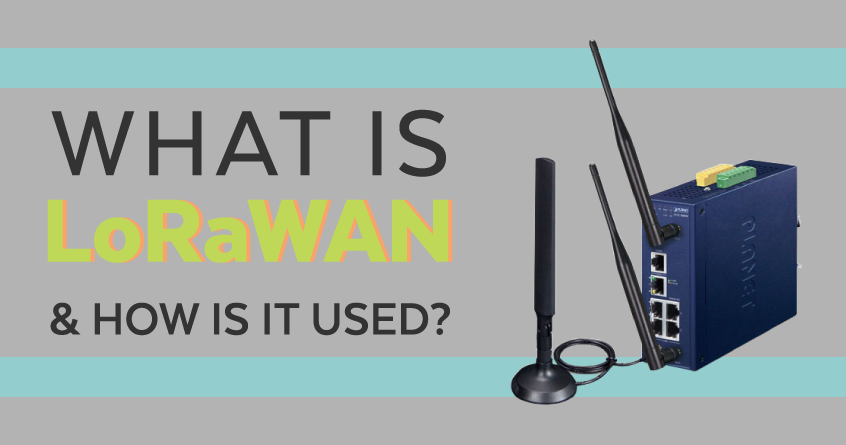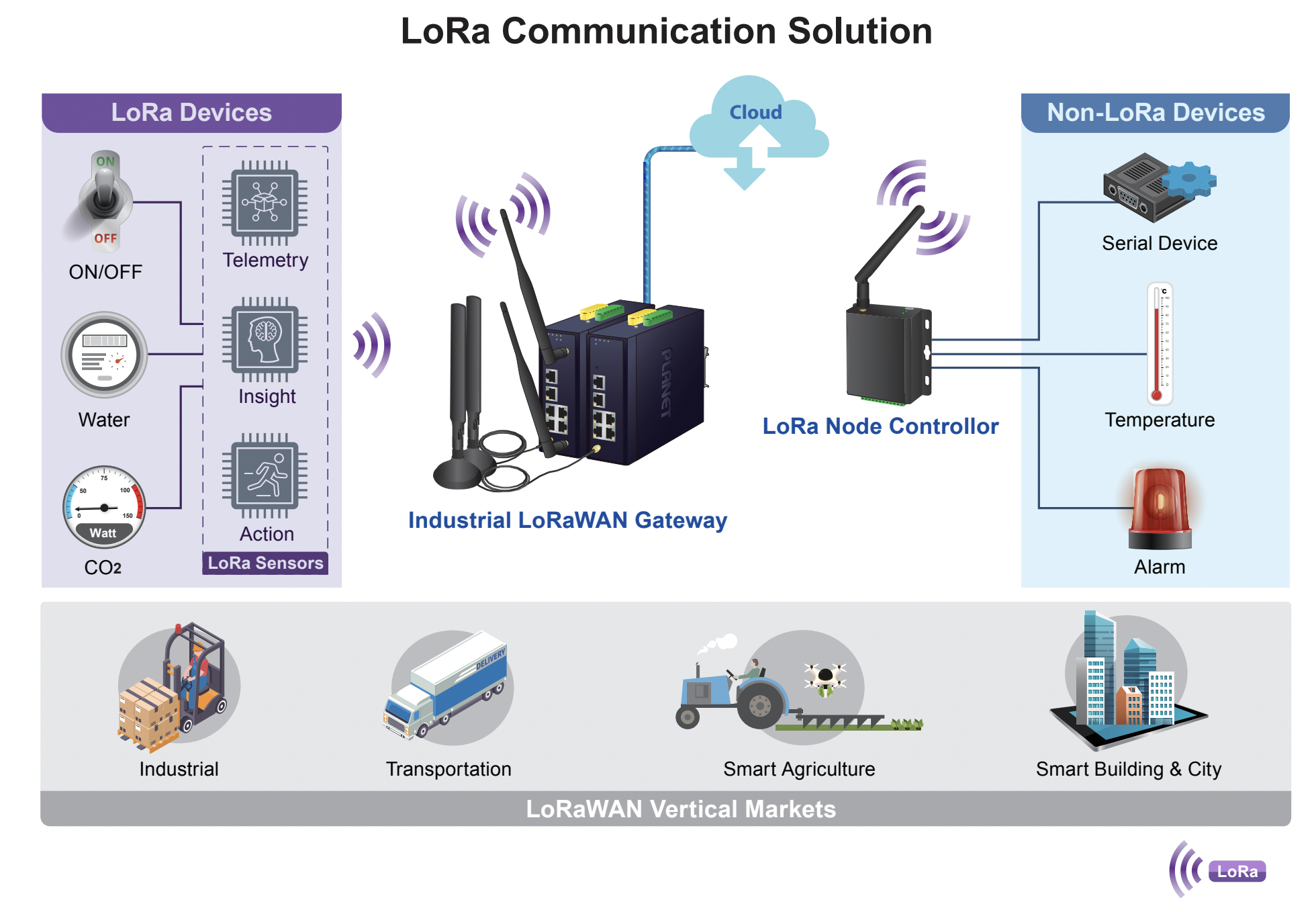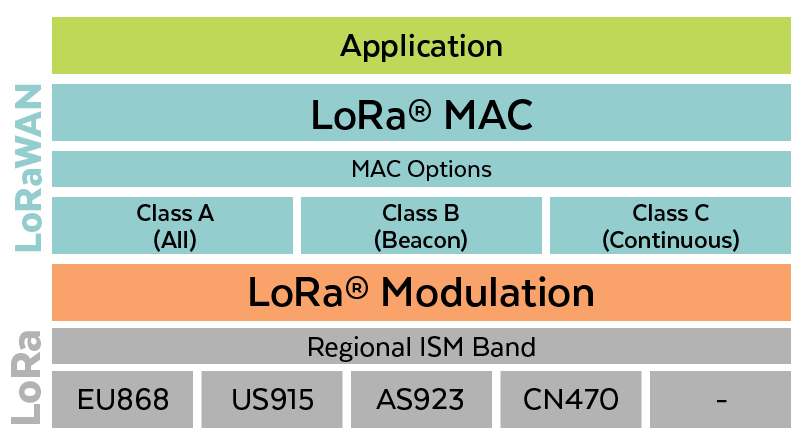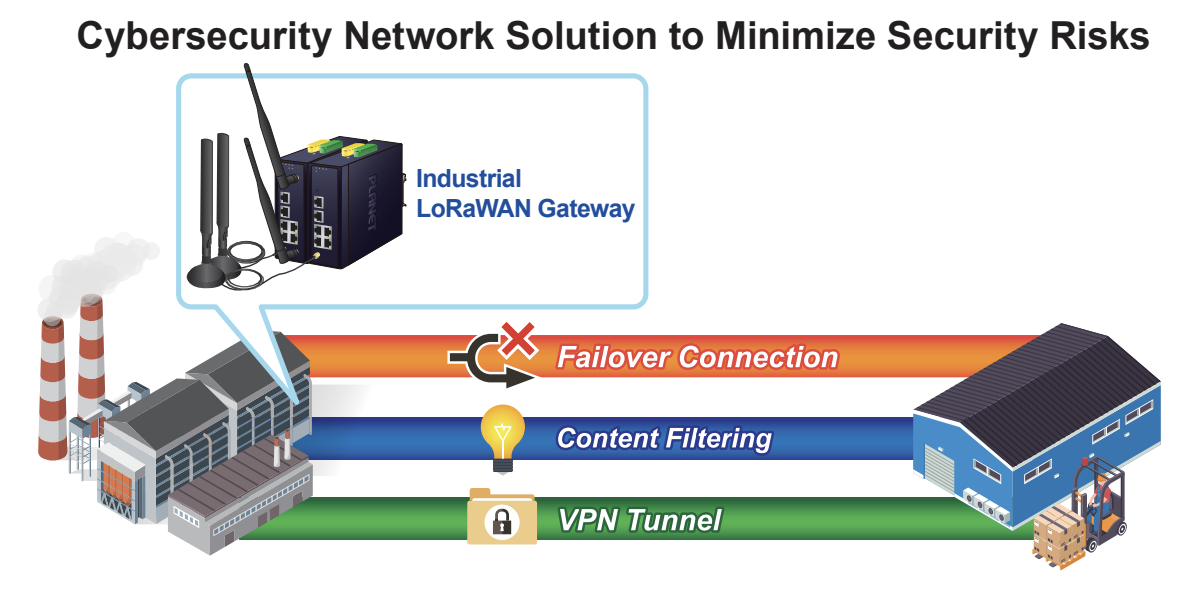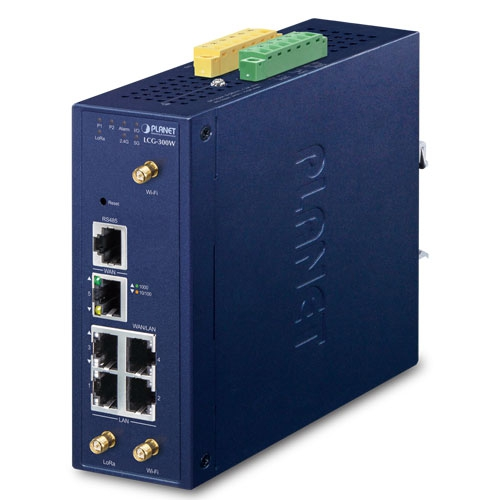One of the biggest challenges in building out the internet of things (IoT) is making sure the “things” can communicate with the internet. The huge number of IoT devices currently on the market is astounding. Here are some statistics:
- There were more than ten billion active IoT devices in 2021.
- The number of IoT devices is predicted to surpass 25.4 billion by 2030.
- By 2025, there will be 152,200 IoT devices connected to the internet each minute.
As a result, any network that supports such a vast infrastructure must have the ability to handle the traffic. To add to the challenge, nodes need battery power, have weak radios, and are limited in memory and processing power.
These days, different technologies are used to support IoT device communication; however, they all have drawbacks. For instance, Wi-Fi uses lots of energy and transmits tons of data, which is not the best solution for IoT devices that do not have a lot of energy available or only send small amounts of data. In addition, Bluetooth devices require too much power. Until recently, ZigBee was considered the best technology because its low-energy can transmit at greater distances (up to a few kilometers in a clear path).
What is LoRaWAN?
Long Range Wide Area Network (LoRaWAN) is a proprietary Low Power Wide Area Network (LPWAN)-connectivity protocol developed by global semiconductor company Semtech. It is supported by the LoRa Alliance, an open, non-profit organization whose members include certified manufacturers, service providers, and public institutions. The first LoRaWAN specification (Version 1.0) was released in January 2015. The current specification (Version 1.0.4) was released in October 2020.
This technology is distinguished for its low-power usage and high transmission range compared to other LPWANs.The LoRaWAN protocol is derived from technology developed for the military and space industry. It is known for its high resistance to interference and its record-breaking transmission range of 702 kilometers. These distinctive features make LaRoWAN ideal for a variety of IoT use cases.
What is the difference between LoRaWAN and LoRa?
People often think that the term “LoRa” is just a shortened version of “LoRaWAN” and that they can be used interchangeably. This is not true; LoRa and LoRaWAN are not the same things.
What is LoRa?
The Things Network describes LoRa as follows:
LoRa is a wireless modulation technique derived from Chirp Spread Spectrum (CSS) technology. It encodes information on radio waves using chirp pulses—similar to the way dolphins and bats communicate! LoRa modulated transmission is robust against disturbances and can be received across great distances.
LoRa is the perfect solution for applications that transmit small amounts of data with low bit rates. Let’s take a look at some of LoRa’s most prominent features. LoRa devices:
- Can transmit data at longer distances than WiFi, Bluetooth, or ZigBee.
- Are well suited for sensors and actuators that operate in low power mode.
- Can operate on license-free sub-gigahertz bands (e.g., 915 MHz, 868 MHz, and 433 MHz—Note: These bands fall into ISM bands globally reserved for industrial, scientific, and medical purposes.)
The distinction between LoRaWAN and LoRa is that LoRaWAN is a Media Access Control (MAC) layer protocol built on top of LoRa modulation. In other words, LoRaWAN is the software layer that prescribes how devices transmit and format messages when using LoRa hardware.
LoRaWAN’s Many Features
LoRaWAN core features include:
- Ultra-low power: LoRaWAN end devices function in a low-power mode and can last up to ten years on a single coin cell battery.
- Long-range: LoRaWAN transmits and receives signals up to three kilometers in crowded urban areas—and up to ten kilometers in rural locales.
- Deep indoor penetration: LoRaWAN networks easily cover buildings with multiple floors.
- License-free spectrum: LoRaWAN can operate on license-free ISM bands; therefore, no expensive frequency spectrum license fees are required.
- Geolocation: A LaRo end device can be located by triangulation (i.e. if at least three gateways pick up the device’s signal). No need for GPS.
- High capacity: LoRaWAN network servers deal with millions of messages from thousands of gateways.
- Public and private deployments: The deployment of either public or private LoRaWAN networks is easy as both use the same basic hardware.
- End-to-end security: LoRaWAN communication is secured with the use of AES-128 encryption.
- Remote firmware updates: Applications and LoRaWAN stacks for both single end devices or a group of end devices can be updated remotely.
- Roaming: LoRaWAN offers seamless handovers from one network to another.
- Low cost: LoRaWAN is noted for its minimal infrastructure, inexpensive nodes, and open-source software.
- Certification program: The LoRa Alliance offers a certification program that verifies devices are reliable and compliant with LoRaWAN specifications.
- Ecosystem: The LoRaWAN ecosystem is extensive and includes device, gateway, and antenna makers, network service providers, and application developers.
LoRaWAN Use Cases
LoRaWAN technology is used in a wide variety of ways. Following is a list of how LoRaWAN can be applied:
- Airport Tracking: GPS-free tracking of personnel, luggage, and vehicles.
- Animal Conservation: Tracking sensors help manage endangered species such as the Black Rhino and Amur Leopard.
- Cattle welfare: Sensors monitor cattle, detect disease, and forecast calf delivery times.
- Dementia patients: Wristband sensors provide fall detection and medicine tracking.
- Food safety: Temperature monitoring of food provides optimum quality.
- Smart bikes: Bikes can be tracked in remote and dense areas.
- Smart farms: Real-time insights into crop moisture levels, thus providing optimized irrigation scheduling.
- Smart waste bins: Sensors detect waste levels in containers that lead to maximized pick-up schedules.
- Space: Satellites provide LoRaWAN-based global coverage.
- Vaccine temperature monitoring: Sensors ensure vaccines are kept at the correct temperature when in transit.
- Water conservation: Quick identification of water leaks leads to fast repairs to a city’s water network.
- Workspaces: Tracking of room occupancy, room temperature, energy usage, and parking availability leads to employee welfare.
In Summary
The LoRaWAN standard and LoRa devices are excellent solutions for rural and indoor cases uses for a wide variety of industries—agriculture, environmental, healthcare, metering, multi-floor buildings, smart cities, supply chain, logistics, and utilities. Moreover, with its scalability and robust communications, it is clear that LoRa wireless technology is poised to play a significant role in the IoT marketplace.
Planet USA’s Industrial LoRaWAN Wireless Gateway with 5-Port 10/100/1000T
Planet’s LCG-300W LoRaWAN industrial gateway is fully compatible with LoRaWAN protocol and supports connection with up to 300 end-nodes. It also features:
- Five Ethernet ports
- Serial port (RS-485)
- Wireless capability of 802.11ax
- DI and DO interfaces
- Compact, rugged enclosure
- Dual-band wireless capability (2.4GHz and 5GHz)
- SSL VPN and robust hybrid VPN (IPSec/PPTP/L2TP over IPSec)
- Cybersecurity and SPI firewall security protection
- Easy management with set up wizard, DHCP server, and dashboard
Learn more about the LCG-300 and LoRa technology.
Check out our related products:
Industrial 5G NR Cellular Wireless Gateway with 5-Port 10/100/1000T: ICG-2515W-NR
Industrial L2 + 8-Port 10/100/1000T 802.3bt PoE + 2-Port IG/2 5G SFP Wall-Mount Managed Switch with LCD Touch Screen: WGS-5225-8UP2SV
Industrial 4-Port RS232/422/485 Modbus Gateway: IMG-2400T
